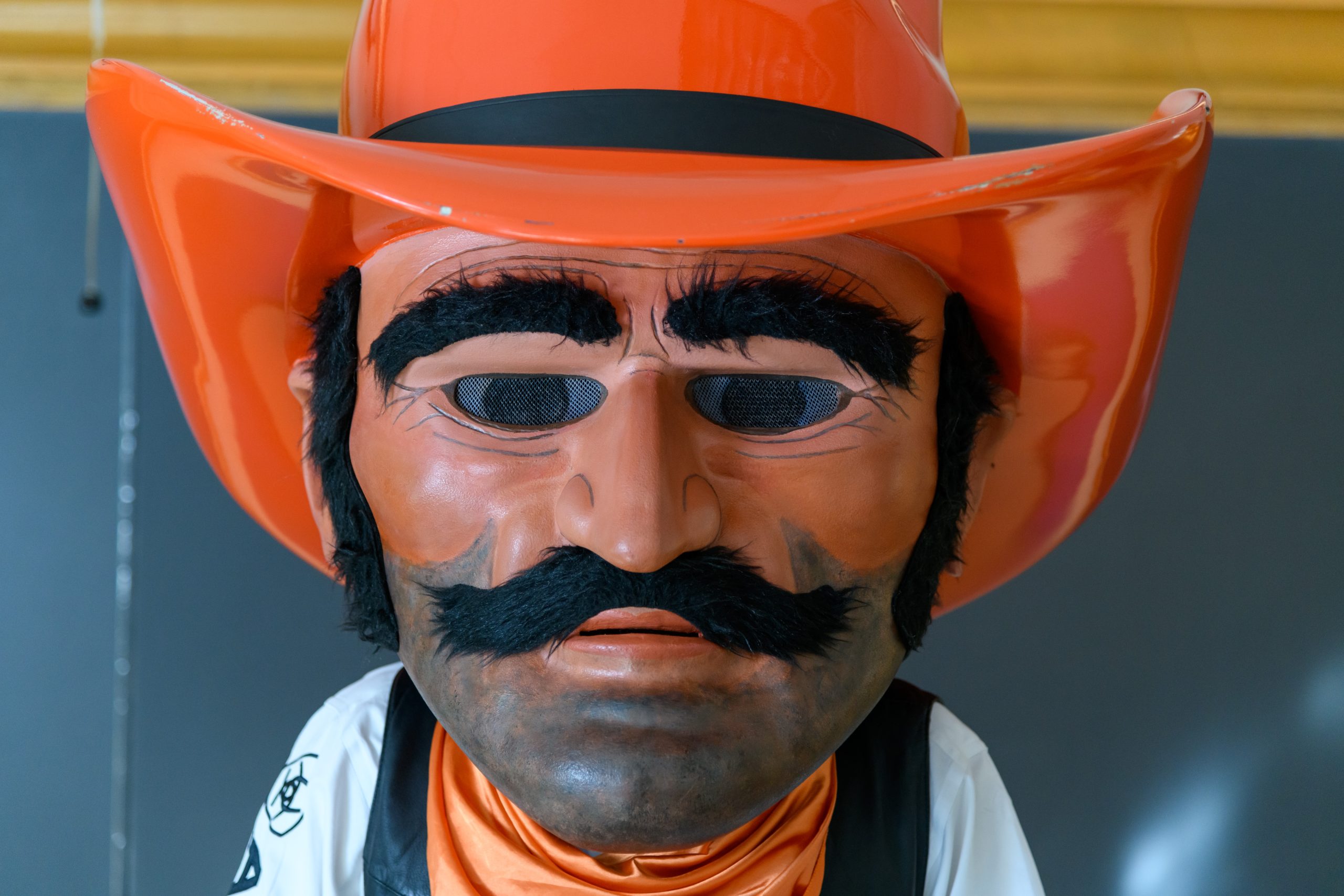1.1 Public Speaking in the Twenty-First Century

“Good communication is the bridge between clarity and confusion.” -Nat Turner
Humans’ ability to communicate using formalized systems of language sets us apart from other living creatures on the Earth. Whether these language conventions make us superior to other creatures is debatable, but there is no question that overall, the most successful and most powerful people over the centuries have mastered the ability to communicate effectively. In fact, the skill of speaking is so important that it has been formally taught for thousands of years.
Public speaking is the process of designing and delivering a message to an audience. Effective public speaking involves understanding your audience and speaking goals, choosing elements for the speech that will engage your audience with your topic, and delivering your message skillfully. The ironic feature of public speaking is that while we recognize that it is an important skill to have, many of us do not like or want to give speeches. You may be reading this book because it was assigned to you in a class, or you may be reading it because you have to give a speech in your personal or professional life. If you are reading this book because you like public speaking or you have a burning desire to learn more about it, you are in the minority. However, people continue to spend millions of dollars every year to listen to professional speakers. For example, attendees of the 2010 TED (Technology, Entertainment, Design) conference, which invites speakers from around the world to share their ideas in short, eighteen-minute presentations, paid six thousand dollars per person to listen to fifty speeches over a four-day period! We realize that you may not be invited to TED to give the speech of your life or create a speech so inspirational that it touches the lives of millions via YouTube; however, all of us will find ourselves in situations where we will be asked to give a speech, make a presentation, or just deliver a few words. Even the ability to speak effectively on a personal camera at home or in your office has now become a needed skill as many corporations, nonprofit organizations, and others have turned to virtual meeting spaces as an alternative to face to face interactions.
The good news about public speaking is that although it may not be on the top of the list of our favorite activities, anyone can learn to give effective presentations. You do not have to look like a celebrity and you do not have to use fancy words to be a successful speaker. What is important is that the audience understands you and remembers what you have to say. By learning and using the techniques provided in this book, you will discover how to create engaging speeches and present them using your own delivery style.
Impactful public speakers understand that they should plan, organize, and revise their material in order to develop an effective speech. This book will help you understand the basics of effective public speaking and guide you through the process of creating your own presentations. In this chapter, we will first introduce Pistol Pete, our very own Oklahoma State mascot, who will travel with you through this course, the principles of communication, why public speaking is important, and then we will discuss models that illustrate the process of public speaking itself.

Howdy! Y’all ready to saddle up and ride alongside me? I’m Pistol Pete, the livewire mascot of Oklahoma State University, and I’m here to bring the thunder and fire up the Cowboy and Cowgirl spirit like no other! Since the roaring ’20s, I’ve been the epitome of grit and determination for the Oklahoma State faithful. With my trusty cowboy hat, chiseled jawline, and sharp wit, I’m hard to miss and even harder to forget. I’m the embodiment of the Orange Pride that courses through our veins. My roots run deep, partner. Drawing inspiration from the remarkable life of Frank Eaton, known as Pistol Pete, I earned my nickname for my lightning-fast aim and fiery passion. But my story doesn’t end there. I’ve channeled that unwavering determination into becoming a legendary cowboy and lawman. From thunderous football games to nail-biting basketball showdowns, I electrify the atmosphere and ignite that Cowboy spirit in each of you. But it’s not just about the games, my friends. You may ask, why is ole Pete taking a public speaking course? There are lots of good reasons I need to develop strong communication skills like representing our beloved university, enhancing fan interaction, improving alumni and donor engagements, and handling interviews and media appearances. I’m out there making a difference in the community too, spreading love and inspiring the next generation with the indomitable spirit that encompasses this great university. Let’s celebrate the traditions, history, and unmatched pride that define Oklahoma State University. So, saddle up, my friends, and let’s ride this trail together! Join me, Pistol Pete, and let’s show the world what it means to be a true Orange Cowboy by becoming an effective communicator!
*Pistol Pete scenarios are all based on hypothetical events and were written with the use of Chatgpt and careful editing by Speech Communication faculty.
References
Berkun, S. (2009, March 4). Does public speaking matter in 2009? [Web log message]. Retrieved from http://www.scottberkun.com/blog.
Survey of Human Communication (OER text). Retrieved from https://creativecommons.org/licenses/by-nc-nd/3.0/. LibreTexts content is licensed by CC BY-NC-SA 3.0.
the verbal and/or nonverbal communication conveyed by the speaker

